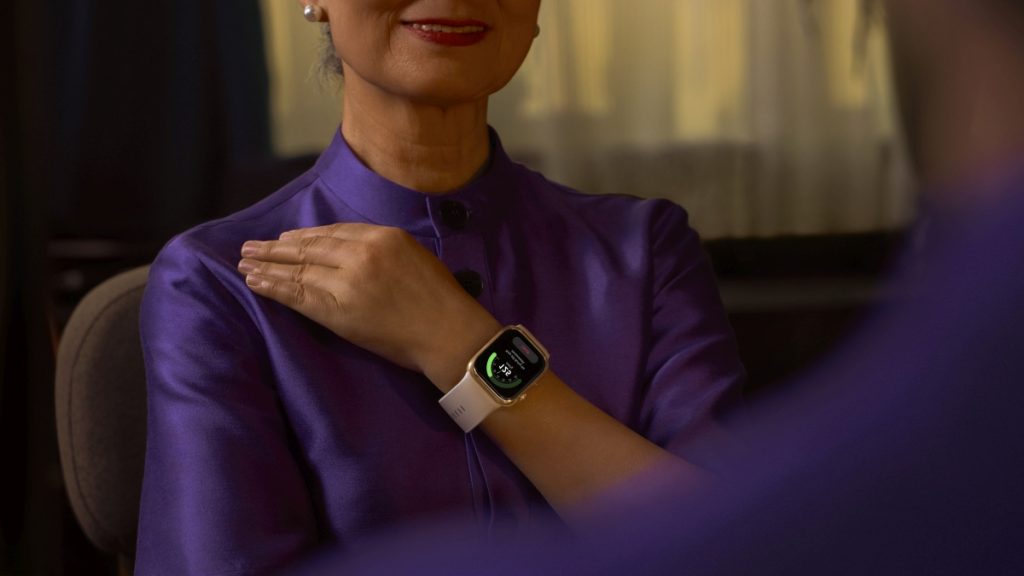if you are searching for ways to have more control within Stable Diffusion when manipulating or combining images you might be interested in learning more about ComfyUI. A powerful and modular Stable Diffusion Graphical User Interface (GUI) and backend.
The ComfyUI Image Prompt Adapter, has been designed to facilitate complex workflows with Stable Diffusion (SD), allowing users to experiment with SD without restrictions. This quick overview guide will will provide more information on how to use ComfyUI. Exploring how it can be used to combine and alter images, adapt images into a workflow, and introduce textures into images.
The ComfyUI Image Prompt Adapter tool offers a nodes/graph/flowchart interface that allows users to experiment and create complex Stable Diffusion workflows without the need for coding. This interface closely follows how SD works, making it an excellent learning tool for those interested in understanding the intricacies of SD.
How to use ComfyUI with Stable Diffusion
One of the key features of the ComfyUI Image Prompt Adapter tool is its ability to combine multiple images. This is achieved through the use of the Area Composition feature. This feature allows users to combine different images or parts of images into a single, cohesive image. This can be particularly useful in creating composite images for various purposes, such as graphic design, digital art, or even scientific visualization.
Other articles you may find of interest on the subject of Stable Diffusion :
ComfyUI also allows users to adapt images into a workflow. This is facilitated by the Loading full workflows feature, which allows users to load full workflows, including seeds, from generated PNG files. This feature can be particularly useful in creating complex workflows, such as one for Hires fix or much more advanced ones.
The Control Net feature is another powerful tool for image manipulation. ControlNet is a Stable Diffusion model that lets you copy compositions or human poses from a reference image. This feature allows users to manipulate images in a more controlled and precise manner. It can be used to adjust various aspects of an image, such as its color, brightness, contrast, and more. This feature can be particularly useful in fine-tuning images to achieve a specific look or feel.
Adding prompts and noise to the image manipulation process is another capability of the Image Prompt Adapter tool. This can be achieved through the use of the Embeddings/Textual inversion feature. This feature allows users to add prompts and noise to the image manipulation process, allowing for more creative and unique image manipulations.
The Image Prompt Adapter tool also allows users to introduce textures into images. This can be achieved through the use of the Hypernetworks feature. This feature allows users to introduce various textures into images, adding depth and complexity to the image manipulation process.
The ComfyUI Image Prompt Adapter offers users a powerful and versatile tool for image manipulation and combination. Its features, such as the nodes/graph/flowchart interface, Area Composition, Control Net, and Hypernetworks, allow users to create complex workflows with Stable Diffusion, combine multiple images, adapt images into a workflow, manipulate images in a controlled manner, add prompts and noise to the image manipulation process, and introduce textures into images. ComfyUI is available to download via GitHub.
Filed Under: Guides, Top News
Latest togetherbe Deals
Disclosure: Some of our articles include affiliate links. If you buy something through one of these links, togetherbe may earn an affiliate commission. Learn about our Disclosure Policy.




